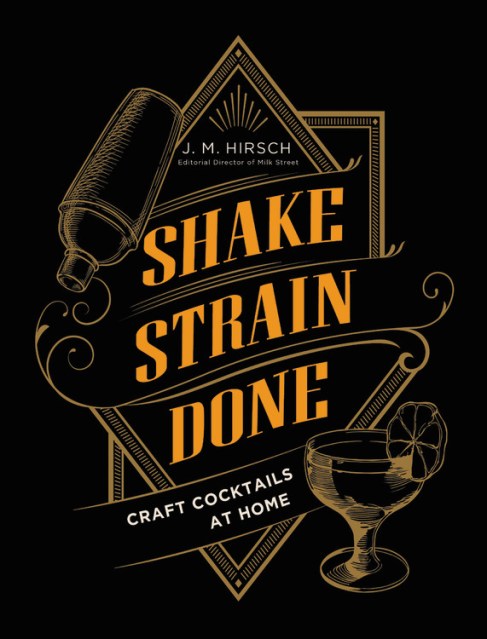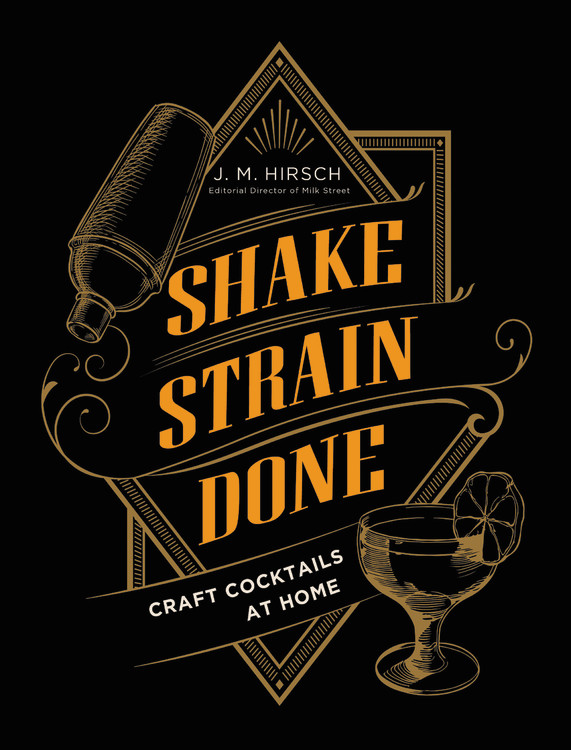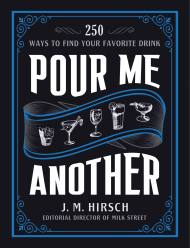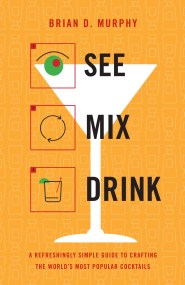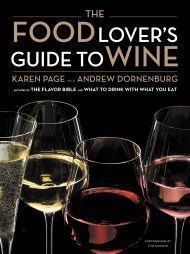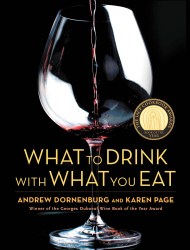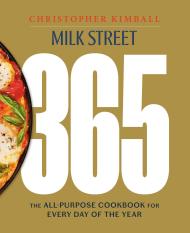Promotion
Use code MOM24 for 20% off site wide + free shipping over $45
Shake Strain Done
Craft Cocktails at Home
Contributors
By J.M. Hirsch
Formats and Prices
Price
$27.00Price
$34.00 CADFormat
Format:
- Hardcover $27.00 $34.00 CAD
- ebook $12.99 $16.99 CAD
This item is a preorder. Your payment method will be charged immediately, and the product is expected to ship on or around November 3, 2020. This date is subject to change due to shipping delays beyond our control.
Also available from:
Revolutionize the way you drink at home with simple recipes and common ingredients — no obscure liquors or fussy techniques needed — from the editorial director of Milk Street, J.M. Hirsch.
Are you done with generic gin and tonics, mediocre Manhattans and basic martinis? You can use pantry staples and basic liquors to produce more than 200 game-changing craft cocktails worthy of a seat at the bar.
Many cocktail books call for hard-to-find ingredients and complicated techniques that can frustrate home cocktail makers. Shake Strain Done shows a better way:
- If you can shake, strain, stir and turn on a blender, you can make great cocktails.
- No tedious secondary recipes hidden between the lines.
- No mysteries. You'll know what each drink will taste like before you pick up a bottle.
- No fancy equipment needed. A shaker, strainer and spoon are as exotic as it gets.
- The ingredients are mostly pantry and bar staples–things you already have on hand.
These are drinks with the sophistication of a high-end speakeasy, minus the fuss, like:
- The Sazerac 2.0 – a spice cabinet update that takes the classic back to its origins
- A new White Russian that lightens the load with coconut water instead of cream
- A grownup Singapore Sling that's fruity without tasting like fruit punch
- A Scorched Margarita that uses the broiler to char those lemons and limes
- A feisty new Gin and Tonic in which black pepper is the star ingredient
- And plenty of originals, like the Pooh Bear. Butter, honey and bourbon? Yes, please! And Mistakes Were Made, for tiki time
Genre:
-
Hirsch presents drinks in a 'language that we can taste.' You can peruse the book for a primary liquor, like bourbon, and for a dominant characteristic. So, for instance, if you want a refreshing vodka drink or a warm bourbon tipple on a cold night, the book will guide you.The Associated Press
-
[T]he recipes: dozens of them, delicious and complex without being effete, full of fresh flavors that, more often than not, will have you saying to yourself, “Why didn’t I ever think of mixing things that way?”Medium
-
Lots of people are drinking at home during this unsettling era, but they’re getting a little bored with their same old, same old. Shake Strain Done, from J.M. Hirsch, comes at just the right time to break up the tedium. … One of the nice things about Shake Strain Done is that it groups recipes by flavor — warm, refreshing, sweet, sour, bitter, fruity, herbal, creamy, spicy, strong and smoky —not only by the type of liquor. You don’t need anything fancy to make his drinks: as the title says, you simply shake (or stir), strain when required, and sip.The CulinaryWoman
-
[P]ractical, peppered with useful drink hacks and emphasizing drink flavors (spicy, smoky, herbal, etc.). Enticing illustrations show how the finished drinks should appear. The book is designed to be friendly to home bartenders, but the cocktail recipes are solid, and pros can glean some new tricks too.Liquor.com
-
A great read with an encyclopedic knowledge of cocktails that’s never too geeky or snobby. Hirsch has an unusual palate and dreams up flavor combinations most of us never could.The OC Register
-
...a detailed guide to demystify the process of cocktail making. It’s the kind of book that you’ll want to leave out on your bar: elegant and engaging with an art deco motif and lots of fascinating charts on flavor profiles and useful techniques. But, best of all, it’s filled with dozens of enticing recipes begging for your personal experimentation.New Hampshire Magazine
- On Sale
- Nov 3, 2020
- Page Count
- 272 pages
- Publisher
- Voracious
- ISBN-13
- 9780316428514
Newsletter Signup
By clicking ‘Sign Up,’ I acknowledge that I have read and agree to Hachette Book Group’s Privacy Policy and Terms of Use
